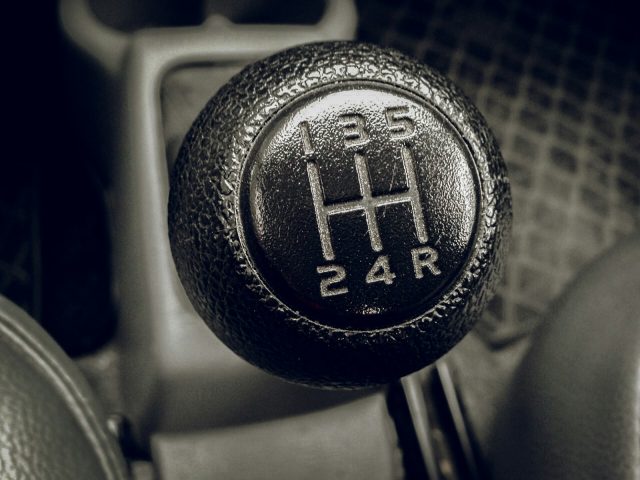
Key Takeaways
- Regular vehicle inspections help identify worn-out car parts early, improving safety and performance.
- Factors such as repair costs, frequency of issues, mileage, part age, safety concerns, technology, and environmental impacts all play a role in the decision to repair or replace.
- Using genuine dealership parts can ensure reliability and longevity.
- Consulting with local experts can streamline decision-making and ensure you receive the best advice tailored to your specific needs.
Why Timely Replacement Matters
A vehicle’s performance and safety rely on the condition of its components. Over time, components such as brakes, filters, and belts wear out, increasing the risk of breakdowns and potentially leading to higher repair costs if left unaddressed. Regular inspections and timely replacements ensure smooth operation, fuel efficiency, and safety, also preserving the car’s long-term value.
When sourcing replacements, using high-quality and compatible components is essential. Many owners turn to resources like Nissan dealership parts to find reliable replacements that match their vehicle’s specifications. Properly fitted parts ensure optimal performance, longevity, and safety without compromising the overall function of the car, keeping it in peak condition for years to come.
Recurring Issues and Signs of Irreparable Damage
Recurring car problems often signal that a part needs to be replaced. If failures occur repeatedly even after repairs, it may indicate more serious issues, such as fatigue or system incompatibility, which could compromise safety. Such malfunctions can also accelerate wear on other components, increasing overall repair costs. Keeping a record of repair dates and symptoms helps track these patterns, enabling timely and informed maintenance decisions.
Mileage, Age, and Manufacturer Recommendations
Mileage and vehicle age can affect the lifespan of parts. Wear items like timing belts, water pumps, suspension bushings, and engine mounts have recommended replacement intervals. Following your owner’s manual and professional advice prevents failures and costly repairs. High-mileage vehicles require proactive part replacement, as internal wear can lead to breakdowns even if components appear to be in good condition. For regional drivers, local resources such as auto dealers Tampa FL can offer guidance on maintenance and reliable parts, helping keep vehicles safe and compliant with manufacturer standards. Regular check-ups with qualified technicians can spot issues early.
Safety-Critical Components: Brakes, Tires, and Airbags
Safety should always be the top priority with replacements. Components such as brake pads, tires, and airbags have a direct impact on safety. If they show excessive wear, damage, or are nearing the end of their life, replace them immediately. Ignoring worn safety parts can cause catastrophic outcomes during emergencies. Consult your technician about the condition and lifespan of your vehicle during regular service.
The Impact of Modern Technology and Car Part Complexity
Today’s vehicles are increasingly sophisticated, featuring advanced electronics and safety systems. When components such as sensors or displays malfunction, they often require complete replacement. To keep pace with technological advancements, it’s essential to consult experts and utilize genuine OEM parts for optimal compatibility and proper functioning.
Environmental Factors That Accelerate Wear
Climate and environmental exposure affect the lifespan of car parts. Extreme heat, cold, road salt, or moisture can accelerate deterioration, particularly in regions with high coastal exposure or heavy winter conditions. Vulnerable components, such as exhaust systems and brake lines, require extra attention. Knowing your environment helps you plan maintenance to avoid breakdowns.
Conclusion
Recognizing when a car part is truly beyond repair requires a mix of vigilance, education, and reliable support. Assessing not just the cost but also the frequency of issues, age, safety, technology, and the impact of your local environment will help keep your vehicle dependable for years to come. Rely on certified professionals and maintain open communication with your service provider to make informed choices that prioritize both your safety and your budget.